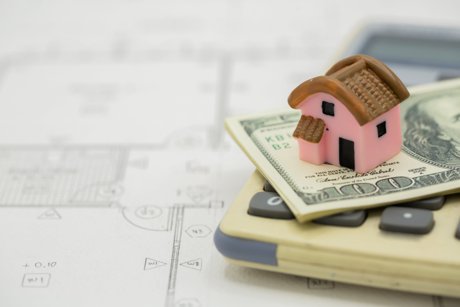Understanding Housing Market Trends
Home sales data shows significant fluctuations due to inflation, mortgage rates, and changing consumer confidence. In 2023, lower suburb inventory led to competitive situations and growth in less traditional locations. The housing sector mirrors and drives social and economic change, impacting infrastructure investment, amenities, and service availability.
The housing market is a powerful force that doesn’t just influence real estate prices — it actively shapes the foundations of communities and daily living. Local market shifts can transform neighborhoods, school districts, and even entire cities over the course of just a few years. Keeping up with area-specific listings like White Bear Lake homes for sale provides a real-time snapshot of what’s happening: from price trends and inventory changes to which home features are drawing the most attention. These subtle patterns often ripple out, affecting everything from new construction to how existing residents experience their communities.
Factors That Influence Homebuyers
Various factors influence homebuying decisions, including educational opportunities, safety, and low crime rates. Factors like school district ratings, proximity to employment hubs, access to parks, trails, and local events also play a role. Life stage also influences these choices: young professionals seeking nightlife-oriented neighborhoods, retirees seeking tranquility and healthcare access, and families with young children seeking playgrounds and kid-friendly amenities. A thriving housing market provides choices for different priorities, allowing people to align their home search with their vision of a fulfilling life.
How Market Conditions Affect Lifestyle
Market conditions significantly influence lifestyles, home size, location, and work and leisure options. Low inventory and high prices often lead to compromises, such as opting for townhouses or condos in emerging neighborhoods. Conversely, healthy supply and stable interest rates allow for long-term goals like larger yards and high-efficiency upgrades. This dynamic market combines lifestyle and market realities, making home selection a pivotal decision.
The Rise of Suburban Communities
Suburban communities have experienced significant growth in recent years due to changing work habits and values around space and connection. Employers are offering remote and hybrid work opportunities, allowing people to prioritize larger homes and peaceful surroundings while still accessing urban amenities. This shift is transforming neighborhoods, increasing investment in community infrastructure, redevelopment of older properties, and strengthening local businesses. Residents benefit from a higher quality of life with accessible recreational options and a sense of close-knit belonging.
Housing Market and Local Amenities
Amenities significantly affect a neighborhood’s appeal, particularly in a competitive real estate market. Homebuyers often seek unique perks like proximity to lakes, trails, or seasonal markets, which can set a property apart and influence purchasing decisions. Access to parks, dog runs, and recreational centers raises property values and boosts physical and emotional well-being. Small touches like coffee shops or food trucks can significantly impact property values.
Navigating Financial Considerations
Financial planning is crucial for homebuying, as it helps buyers consider hidden costs like property taxes, insurance premiums, utilities, and homeowners’ association fees. Online tools like mortgage calculators and neighborhood price trend dashboards help project short-term and recurring costs. Experts recommend creating a detailed household budget, comparing neighborhoods, and running “what if” scenarios to ensure immediate and future financial health. Proper financial preparation also allows buyers to engage in competitive markets and make sustainable choices.
Community Building and Long-Term Value
A strong community is crucial for property value and quality of life. Residents who feel invested in their neighborhoods care for their homes, participate in improvement efforts, and support local businesses, leading to rising property values and a positive reinvestment cycle. Neighborhood events, volunteer initiatives, and communication foster belonging, creating a trust network that benefits newcomers and long-term residents.

